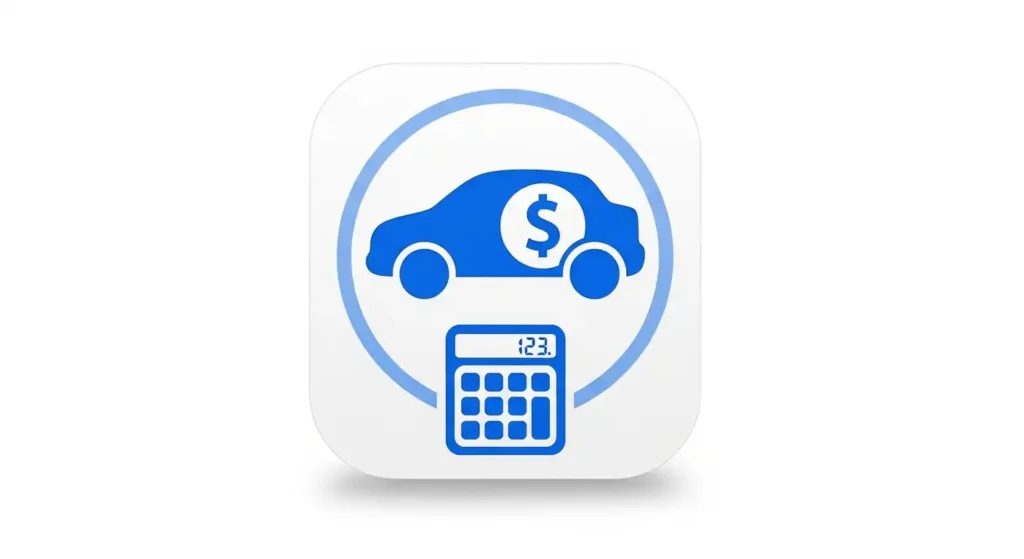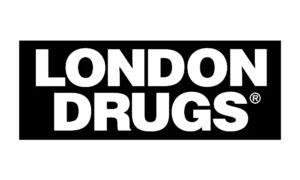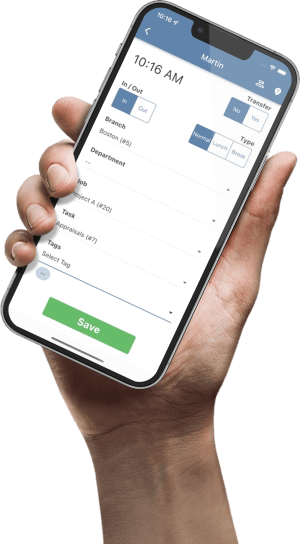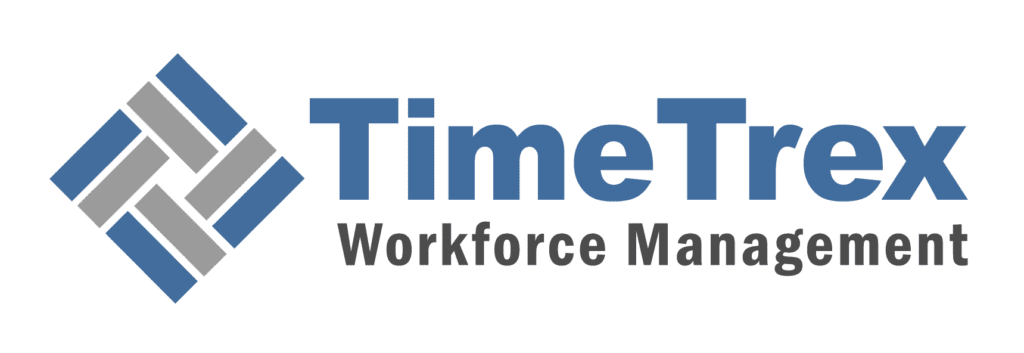U.S. Vehicle Loan Calculator
Vehicle Loan Calculator
Enter your vehicle and loan details below to estimate your monthly payment and see a complete cost breakdown.
State sales tax is applied automatically. Check local regulations for additional county or city taxes.
Your Estimated Monthly Payment
$0.00
Found our Free Vehicle Loan Calculator useful? Bookmark and share it.

State-by-State Interest Rates
Navigating the complex world of auto financing can be challenging. With fluctuating interest rates, diverse lender options, and varying regulations across the United States, securing an affordable auto loan requires diligence. This comprehensive guide explores the state-by-state interest rate landscape for 2025, providing a deep dive into national trends, key factors influencing your personal rate, and the specific financial environment in your state. Understanding these state-specific auto loan interest rates is the first step towards making an informed financial decision on your next vehicle purchase.
TL;DR
In 2025, the U.S. auto loan market is marked by high interest rates due to recent Federal Reserve policies. As of Q2 2025, the national average APR is about 6.8% for new cars and a much higher 11.54% for used cars. Your credit score is the most critical factor determining your rate; a super-prime borrower (781+) might get 5.27%, while a deep subprime borrower (below 500) could face rates over 21%. There is no single, public database for state-specific rates, making direct comparisons difficult. State usury laws set maximum legal rates, but these mostly impact the subprime market, as competitive rates for good-credit borrowers are well below these caps. Experts predict rates will slowly decline through 2026, but significant immediate relief is not expected.
On This Page:
The National Automotive Finance Landscape: A Macroeconomic Overview
The U.S. automotive finance market in 2025 is defined by a high-interest-rate environment, a direct result of macroeconomic policies enacted to curb inflation over the preceding years. This has reshaped consumer behavior, lender strategies, and overall market dynamics, leading to a complex landscape for vehicle financing.
Current National Average Interest Rates (2025)
The baseline for understanding the cost of vehicle financing is the national average interest rate. According to benchmark data from Experian's State of the Automotive Finance Market reports, the average interest rate for a new car loan in the second quarter (Q2) of 2025 was 6.80%. The market for used vehicles operates at a significantly higher rate, with an average of 11.54% in Q2 2025. This substantial gap of nearly five percentage points between new and used vehicle financing is a defining feature of the current market.
To place these figures in context, the current rate environment represents a sharp increase from recent historical lows. For instance, in the fourth quarter of 2021, the average interest rate for a new car loan was just 3.86%. This dramatic rise illustrates the profound impact of recent economic policy shifts on the cost of consumer credit.
The Influence of Federal Reserve Policy
The primary driver behind the current high-rate environment is the monetary policy of the Federal Reserve. To combat persistent inflation, the Federal Open Market Committee (FOMC) initiated a series of aggressive rate hikes between 2022 and 2023. While the Federal Reserve began a cycle of rate cuts in September 2025, experts caution that substantial relief for consumers will be a slow process. Lenders raised their rates in response to the higher benchmark, and it will likely take several consecutive cuts before a significant reduction is passed on to auto loan applicants.
Market Dynamics and Consumer Trends
The elevated cost of borrowing has had a tangible impact on the automotive market. Total U.S. auto loan debt has swelled to $1.655 trillion, and the average monthly payment for a new vehicle has reached $745. In response, consumers are actively seeking to reduce their financial burden, leading to a dramatic surge in auto loan refinancing. This trend indicates that borrowers are becoming more proactive, shopping for better terms post-purchase. At the same time, signs of financial stress are emerging, particularly with a rise in subprime auto loan delinquencies, which are often viewed as a leading economic indicator.
Key Determinants of Auto Loan Interest Rates
While macroeconomic conditions set the general interest rate environment, the specific APR offered to an individual borrower is determined by a multifactorial risk assessment. This evaluates the borrower's financial profile, the vehicle's characteristics, the loan structure, and the lender's business model.
The Borrower's Profile: The Overarching Impact of Credit Score
The single most significant factor in determining an auto loan interest rate is the borrower's credit score. The direct correlation between higher credit scores and lower APRs is stark. The table below illustrates the dramatic difference in average rates across credit tiers.
| Credit Score Tier | Score Range | Average APR, New Car | Average APR, Used Car |
|---|---|---|---|
| Super-prime | 781-850 | 5.27% | 7.15% |
| Prime | 661-780 | 6.78% | 9.39% |
| Nonprime | 601-660 | 9.97% | 13.95% |
| Subprime | 501-600 | 13.38% | 18.90% |
| Deep Subprime | 300-500 | 15.97% | 21.58% |
| Source: Experian Information Solutions, Q2 2025 | |||
The Asset: Disparities Between New and Used Vehicles
Lenders consistently offer lower rates for new vehicles, which are perceived as lower-risk assets due to higher resale value and manufacturer warranties. As a vehicle ages, the interest rate typically increases to reflect the lender's escalating risk as the collateral ages.
The Loan Structure: How Term Length and LTV Shape Rates
The repayment period (term) and the loan-to-value (LTV) ratio are crucial. Shorter terms (e.g., 36-60 months) generally command lower interest rates because they reduce the lender's long-term risk. Similarly, a lower LTV, achieved through a larger down payment, reduces the lender's risk and can lead to a more favorable interest rate.
The Lender Ecosystem: A Comparative Analysis
The auto finance market includes several types of lenders, each with different rate structures:
- Banks: The leading source of total vehicle financing, offering competitive rates to well-qualified borrowers.
- Credit Unions: Known for offering lower average interest rates and more favorable terms, especially for borrowers with fair credit.
- Captive Finance Lenders: Owned by automakers, they often offer subsidized promotional financing (e.g., 0% APR) on new cars.
- Finance Companies: Specialize in serving the subprime market, which involves significantly higher interest rates.
Comprehensive State-by-State Analysis of Vehicle Loan Rates
A critical finding of our research is the absence of a single, standardized public database that tracks average auto loan APRs for all 50 states. The information presented here is an aggregation of data from national market reports, state agencies, and local lender rate sheets. It should be interpreted as a comparative guide rather than a definitive, uniform dataset.
Master Table: U.S. Auto Loan Rate and Regulatory Snapshot
The following table synthesizes available data to provide a view of the auto loan environment in each state. It includes average rates where available, real-world examples from local lenders, and the statutory maximum interest rate.
| State | Avg. New Car APR | Avg. Used Car APR | Example Local Lender Rate (New/Used) | Maximum Legal Interest Rate (Usury Cap) |
|---|---|---|---|---|
| Alabama | N/A | N/A | 4.50% (New/Used) | 8% on loans < $2,000; no max on larger loans |
| Alaska | N/A | N/A | 5.95% (New) / 6.10% (Used) | No cap on loans > $25,000; formula-based for others |
| Arizona | N/A | N/A | 5.54% (New/Used) | No maximum |
| Arkansas | 7.73% | 11.6% | 3.99% (New/Used) | 17% |
| California | N/A | N/A | 3.98% (New) | 10% for consumer loans; most auto lenders exempt |
| Colorado | 6.76% | 10.01% | 4.99% (New/Used) | 21% |
| Connecticut | N/A | N/A | 4.99% (New) / 6.49% (Used) | 16% (New); 18% (Used) |
| Delaware | N/A | N/A | 6.13% (New/Used) | 5% over Federal Reserve discount rate |
| District of Columbia | N/A | N/A | N/A | 21% |
| Florida | N/A | N/A | 4.90% (New) / 5.94% (Used) | Tiered: 30% on first $3k, then 24%, then 18% |
| Georgia | 8.36% | 12.56% | 5.24% (New) / 6.14% (Used) | 16% for loans ≤ $3,000; no max on larger loans |
| Hawaii | N/A | N/A | 5.00% (New) / 5.75% (Used) | 24% |
| Idaho | 6.55% | 9.01% | 5.89% - 12.34% (New) | No maximum |
| Illinois | N/A | N/A | 4.49% (New) | 36% |
| Indiana | N/A | N/A | 6.65% (New) | 25% |
| Iowa | N/A | N/A | 4.49% (New) | 5% unless agreed upon in writing |
| Kansas | 6.74% | 10.46% | 5.49% (New/Used) | 15% |
| Kentucky | N/A | N/A | 5.39% (New) / 5.69% (Used) | 19% on loans ≤ $15,000; no max on larger loans |
| Louisiana | N/A | N/A | 5.75% - 17.95% (New) | 12% |
| Maine | N/A | N/A | 4.49% (New/Used) | 6% unless agreed upon in writing |
| Maryland | N/A | N/A | 3.09% (New) / 3.29% (Used) | Tiered by age: 16.5% (New) to 27% (Older Used) |
| Massachusetts | 6.58% | 9.37% | 5.24% (New) | 21% |
| Michigan | N/A | N/A | 5.74% - 14.59% (New/Used) | 25% |
| Minnesota | N/A | N/A | >7% (Average) | Tiered by age: 18% (New) to 23.25% (Older Used) |
| Mississippi | N/A | N/A | 4.073% (New) / 5.073% (Used) | Tiered by age: 18% (New) to 28.75% (Older Used) |
| Missouri | N/A | N/A | 5.50% (New) / 6.00% (Used) | 10% unless market rate is higher |
| Montana | N/A | N/A | 5.74% - 17.75% (New/Used) | 15% or 6% above prime rate |
| Nebraska | 6.20% | 9.31% | 4.75% (New) / 5.75% (Used) | 16% (exceptions apply) |
| Nevada | N/A | N/A | 4.50% (New) | No maximum |
| New Hampshire | 6.30% | 9.07% | 5.49% (New) | No maximum |
| New Jersey | N/A | N/A | 4.90% (Avg, Prime) | 16% |
| New Mexico | 8.73% | 12.23% | 4.99% (New) | 36% |
| New York | 6.75% | 9.93% | 3.99% (New) | 16% |
| North Carolina | N/A | N/A | 4.54% (New) / 5.04% (Used) | Tiered by age: 20% (Newer) to 30% (Older Used) |
| North Dakota | N/A | N/A | 5.29% - 20.30% (New/Used) | 6%; regulated lenders exempt |
| Ohio | 7.56% | 11.6% | 5.25% (New) | 8% |
| Oklahoma | N/A | N/A | 5.85% (New/Used) | 10% |
| Oregon | 6.48% | 9.37% | 5.99% - 17.09% (New) | 9% unless agreed upon in writing |
| Pennsylvania | N/A | N/A | N/A | Tiered by age: 18% (Newer) to 21% (Older Used) |
| Rhode Island | N/A | N/A | 5.99% (New/Used) | 21% |
| South Carolina | N/A | N/A | 4.25% - 14.00% (New) | 8.75% |
| South Dakota | N/A | N/A | 5.49% (New/Used) | 36% |
| Tennessee | 7.21% | 10.93% | N/A | 18% |
| Texas | N/A | N/A | N/A | 18%; may be higher for used vehicles |
| Utah | 6.58% | 8.50% | N/A | No maximum (must not be "unconscionable") |
| Vermont | N/A | N/A | N/A | Tiered by age: 18% (Newer) to 20% (Older Used) |
| Virginia | N/A | N/A | N/A | 12% (some loans exempt) |
| Washington | 6.29% | 8.84% | N/A | 12% |
| West Virginia | N/A | N/A | N/A | 18% (up to 31% in some cases) |
| Wisconsin | N/A | N/A | N/A | No maximum |
| Wyoming | N/A | N/A | N/A | N/A |
The Regulatory Framework: State Usury Laws and Rate Ceilings
Understanding Usury and Its Application to Auto Finance
Usury laws are state-level statutes that establish a maximum interest rate that can be legally charged on a loan, designed to protect consumers from predatory lending practices. However, many states have specific legislation for auto loans ("retail installment sales contracts") that permit higher rates than general usury limits. Furthermore, many lenders like national banks and credit unions are exempt from state usury laws. The practical effect is that these laws primarily serve as a legal backstop against excessively high rates in the subprime market, rather than constraining rates for prime borrowers.
Is the Cost of Living Affecting Your Auto Budget?
Your auto loan payment is just one piece of your financial puzzle. Understand the full picture by exploring how wages and living expenses vary across the country.
Use Our Real Wage & Cost of Living CalculatorMarket Outlook and Consumer Guidance (2025-2026)
Economic Forecasts and Projected Rate Environment
The outlook for the auto lending market is linked to future monetary policy. Economists project that the Federal Reserve will continue its cycle of rate cuts through 2026, though cautiously. This is expected to have a positive, though delayed, impact on the auto market. Industry experts agree that a significant and rapid decrease in consumer auto loan rates is unlikely in the immediate future. Lenders will likely wait for clearer economic signals before passing on substantial rate reductions to borrowers.
Strategic Recommendations for Consumers
Given the current market, prospective car buyers can employ several strategies to secure the most favorable financing terms:
- Credit Score Optimization: Your credit score is your most powerful tool. Improving it by even one tier can save thousands over the life of a loan. Review your credit reports, make timely payments, and reduce credit utilization before applying.
- The Power of Prequalification: Secure pre-approved loan offers from multiple lenders (especially credit unions and online platforms) *before* you shop for a car. This gives you significant negotiating leverage and allows you to focus on the vehicle's price, not the monthly payment.
- Loan Term Awareness: A longer term means a lower monthly payment, but it dramatically increases the total interest paid. Use an auto loan calculator to understand this trade-off and choose the shortest term that fits your budget.
- Shop Lenders, Not Just Cars: The choice of lender is as important as the choice of vehicle. Compare rates from banks, credit unions, and captive finance companies to ensure you secure the most competitive offer.
Disclaimer: The content provided on this webpage is for informational purposes only and is not intended to be a substitute for professional advice. While we strive to ensure the accuracy and timeliness of the information presented here, the details may change over time or vary in different jurisdictions. Therefore, we do not guarantee the completeness, reliability, or absolute accuracy of this information. The information on this page should not be used as a basis for making legal, financial, or any other key decisions. We strongly advise consulting with a qualified professional or expert in the relevant field for specific advice, guidance, or services. By using this webpage, you acknowledge that the information is offered “as is” and that we are not liable for any errors, omissions, or inaccuracies in the content, nor for any actions taken based on the information provided. We shall not be held liable for any direct, indirect, incidental, consequential, or punitive damages arising out of your access to, use of, or reliance on any content on this page.
Trusted By
Trusted by 3.2M+ Employees: 21 Years of Service Across Startups to Fortune 500 Enterprises
Join our ever-growing community of satisfied customers today and experience the unparalleled benefits of TimeTrex.










Strength In Numbers
Join The Companies Already Benefiting From TimeTrex
Time To Clock-In
Start your 30-day free trial!
Experience the Ultimate Workforce Solution and Revolutionize Your Business Today
- Eliminate Errors
- Simple & Easy To Use
- Real-time Reporting

Saving businesses time and money through better workforce management since 2003.
Copyright © 2025 TimeTrex. All Rights Reserved.
